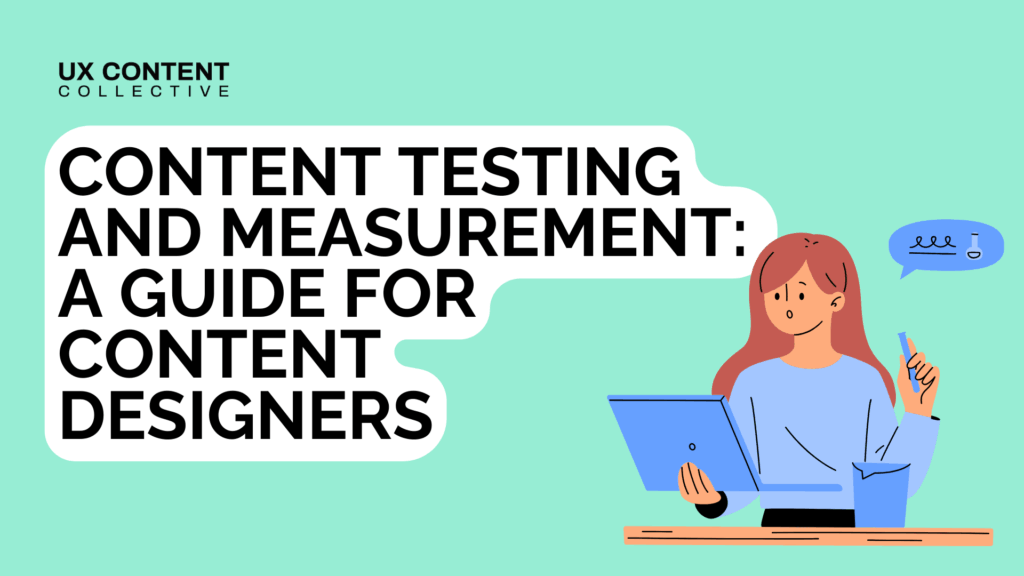
12 ways to grow your content design career
Career growth in UX content doesn’t come with a checklist. For many content designers, the early years are about honing craft: writing clear, usable copy, aligning voice across…
Don’t miss a post – join our newsletter to get new posts and an industry round-up in your inbox every week.






















Get our weekly Dash newsletter packed with links, regular updates with resources, discounts, and more.
